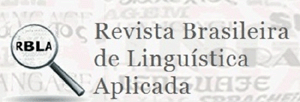This is an analysis of the well-known short story "A Rose for Emily," by William Faulkner, concentrating on some of the main aspects of its structure. A consideration of the plot is followed by a discussion of characterization, with emphasis on the protagonist, by means of a survey and comments on possible sources of inspiration including, among others, aspects of Emily Dickinson's biography, E. A. Poe's fiction and poetry, novels by Charles Dickens and Henry James, Sherwood Anderson's short stories, and the poetry of William Blake, Emily Dickinson, Robert Browning, and John Crowe Ransom, in addition to Herman Melville's short story "Bartleby, the Scrivener." The narrative focus, symbolism and meaning, stressing the thematic development of the narrative, are then analyzed.
